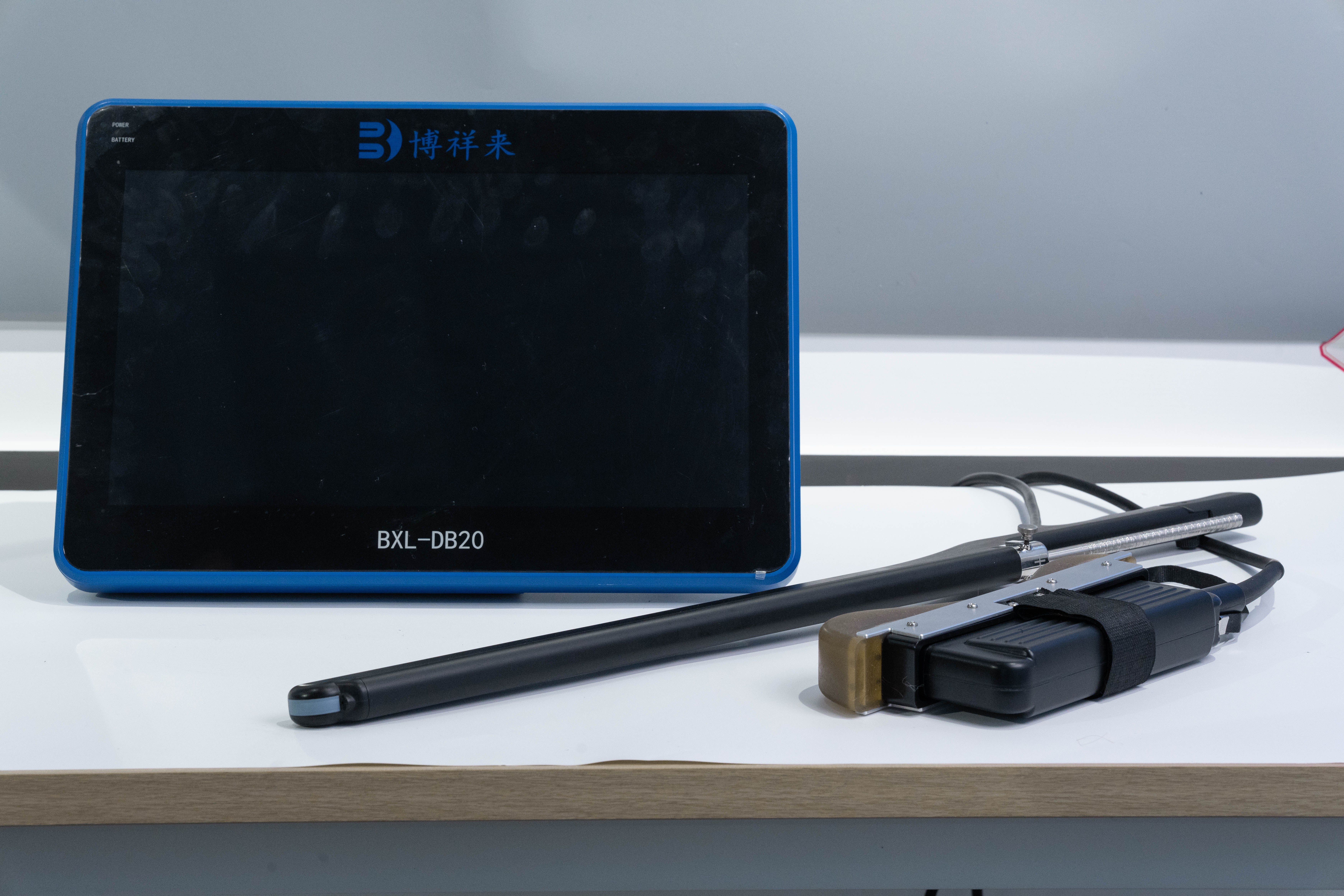Veterinary medicine has long relied on traditional diagnostic methods, but the emergence of Veterinary ultrasound technology is revolutionizing the way veterinarians assess and treat their patients. This innovative imaging technique not only enhances diagnostic accuracy but also improves the overall quality of pet care. In this article, we’ll explore how veterinary ultrasound is changing traditional practices, its benefits, and its role in shaping the future of veterinary diagnostics.

What is Veterinary Ultrasound Technology?
Veterinary ultrasound is a non-invasive imaging method that uses high-frequency sound waves to create real-time images of a pet's internal organs and structures. Unlike traditional diagnostic methods, such as X-rays or CT scans, ultrasound provides dynamic visuals that allow veterinarians to evaluate organ function and assess health conditions quickly.
How Ultrasound Technology Works
During an ultrasound examination, a veterinarian applies a specialized gel to the pet's skin and uses a handheld transducer to emit sound waves into the body. These sound waves bounce off internal tissues and organs, producing images displayed on a monitor. The process is typically completed within minutes, providing immediate results that are crucial for timely diagnoses.
How Veterinary Ultrasound is Changing Tradition
Emphasizing Non-Invasive Procedures: Traditional diagnostic methods often require invasive procedures or anesthesia, which can pose risks to pets. Veterinary ultrasound is non-invasive and generally does not require sedation, reducing stress for both pets and their owners.
Rapid Diagnostics: In emergency situations, time is of the essence. Veterinary ultrasound allows for quick assessments, enabling veterinarians to make informed decisions about treatment without delay. This speed can be critical in saving lives.
Enhanced Diagnostic Accuracy: With the ability to visualize organs in real-time, ultrasound technology provides more comprehensive information than traditional imaging methods. This improved accuracy leads to better diagnoses and treatment plans, ultimately benefiting pet health.
Broader Applications: Veterinary ultrasound is applicable across various scenarios, including abdominal imaging, cardiac assessments, and pregnancy monitoring. This versatility makes it an invaluable tool for veterinary practices, expanding the scope of care.
Improved Client Communication: The immediacy of ultrasound results allows veterinarians to discuss findings with pet owners on the spot. Visual aids help explain diagnoses and treatment options more clearly, fostering trust and collaboration between veterinarians and pet owners.
The Benefits of Embracing Veterinary Ultrasound Technology
Better Patient Outcomes: Early detection and accurate diagnosis lead to more effective treatment plans, ultimately improving the health and well-being of pets.
Cost-Effectiveness: Although the initial investment in ultrasound technology may be significant, the long-term benefits, including reduced need for invasive procedures and improved treatment outcomes, make it a cost-effective solution for veterinary practices.
Increased Practice Efficiency: With the ability to perform on-site ultrasounds, veterinary practices can streamline their operations, reducing the need for referrals and allowing for immediate follow-up care.
Staying Competitive: As veterinary practices adopt advanced technologies like ultrasound, they enhance their service offerings, attracting more clients and staying competitive in a rapidly evolving industry.
tags: Veterinary Ultrasound


